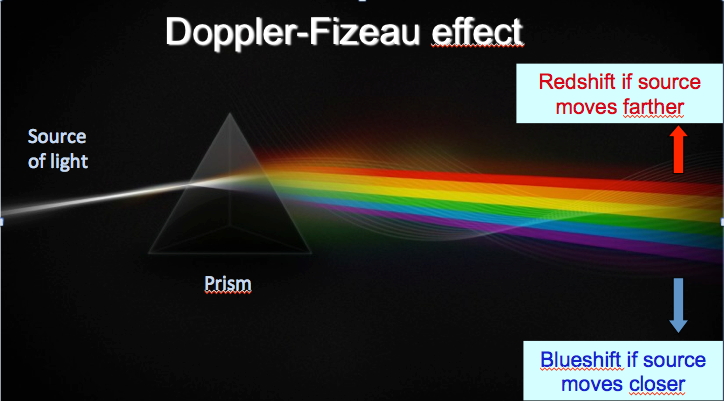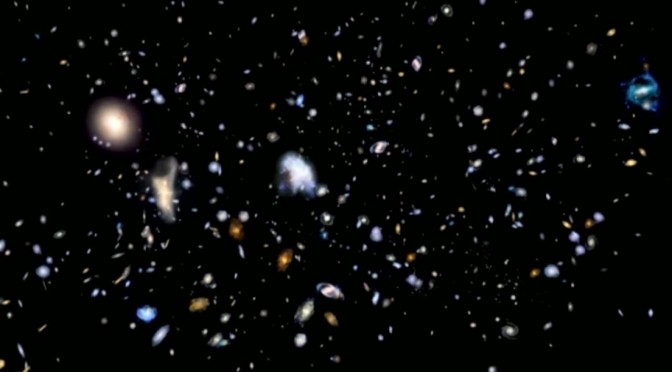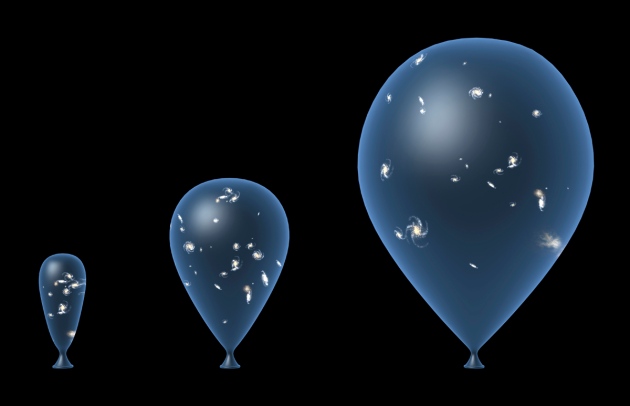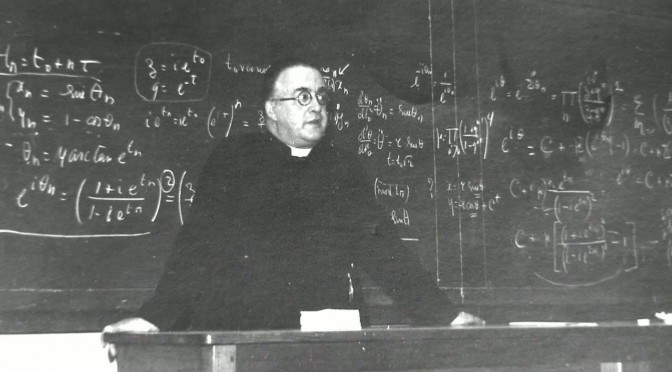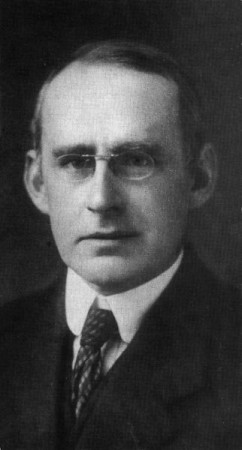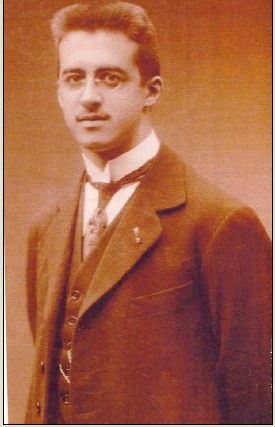There, where worlds seem, with slow steps,
Like an immense and well-behaved herd,
To calmly graze on the ether’s flower.
Giovanni Pascoli, Il Ciocco
A question often asked by the general public interested in cosmology about the expansion of the Universe is the distance scales on which it effectively acts. Before commenting on this, let me recall first some historical facts.
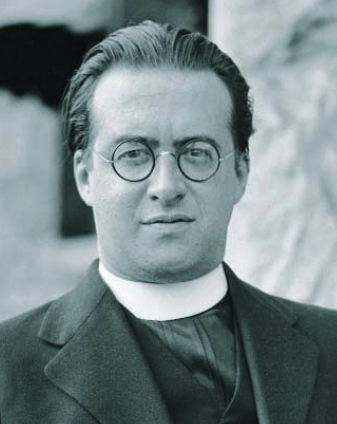
In 1927, Georges Lemaître published a revolutionary article in the Annales de la Société scientifique de Bruxelles entitled “Un univers homogène de masse constante et de rayon croissant, rendant compte de la vitesse radiale des nébuleuses extragalactiques” (“A homogeneous universe of constant mass and increasing radius, accounting for the radial velocity of extragalactic nebulae.” As the title suggests, Lemaître showed that a relativistic cosmological model of finite volume, in which the Universe is in perpetual expansion, naturally explains the redshifts of galaxies, which at that point were not understood. In particular, the article contained a paragraph establishing that forty-two nearby galaxies, whose spectral shifts had been measured, were moving away at speeds proportional to their distances.
Lemaître gave the numerical value of this proportionality factor: 625 km/s per megaparsec, which means that two galaxies separated by 1 megaparsec (or 3,26 million light-years) moved away from each other at an apparent speed of 625 km/s, and that two galaxies separated by 10 megaparsecs moved apart at a speed ten times greater.

This unit of measurement, the kilometer per second per megaparsec, shows clearly that the speed of recession depends on the scale. In 1377, in his Book of the Heavens and the World, the scholar Nicole Oresme had noted that, at dawn, one would not notice anything if the world and all living creatures had grown by the same proportion during the night. In Lemaître’s theory, on the contrary, the recession velocity between two points in space grows faster with greater separation, which renders it perceptible.

Lemaître’s article, published in French, passed unnoticed until 1931, when it was finally read by Arthur Eddington, who published an English translation. Unfortunately, this version omits the paragraph in which Lemaître established his law of proportionality, see this article for all the details. Meanwhile, in 1929 the great American astronomer Edwin Hubble had published the experimental results he obtained with his collaborators and described a general law, according to which the speed of recession of a galaxy is proportional to its distance. This law, identical to Lemaître’s, with the same proportionality factor, would from now on carry the name of “Hubble’s law.” It forms the experimental basis for the theory of the expansion of the Universe, of which the big bang models are the fruit. Continue reading The Rate of Expansion
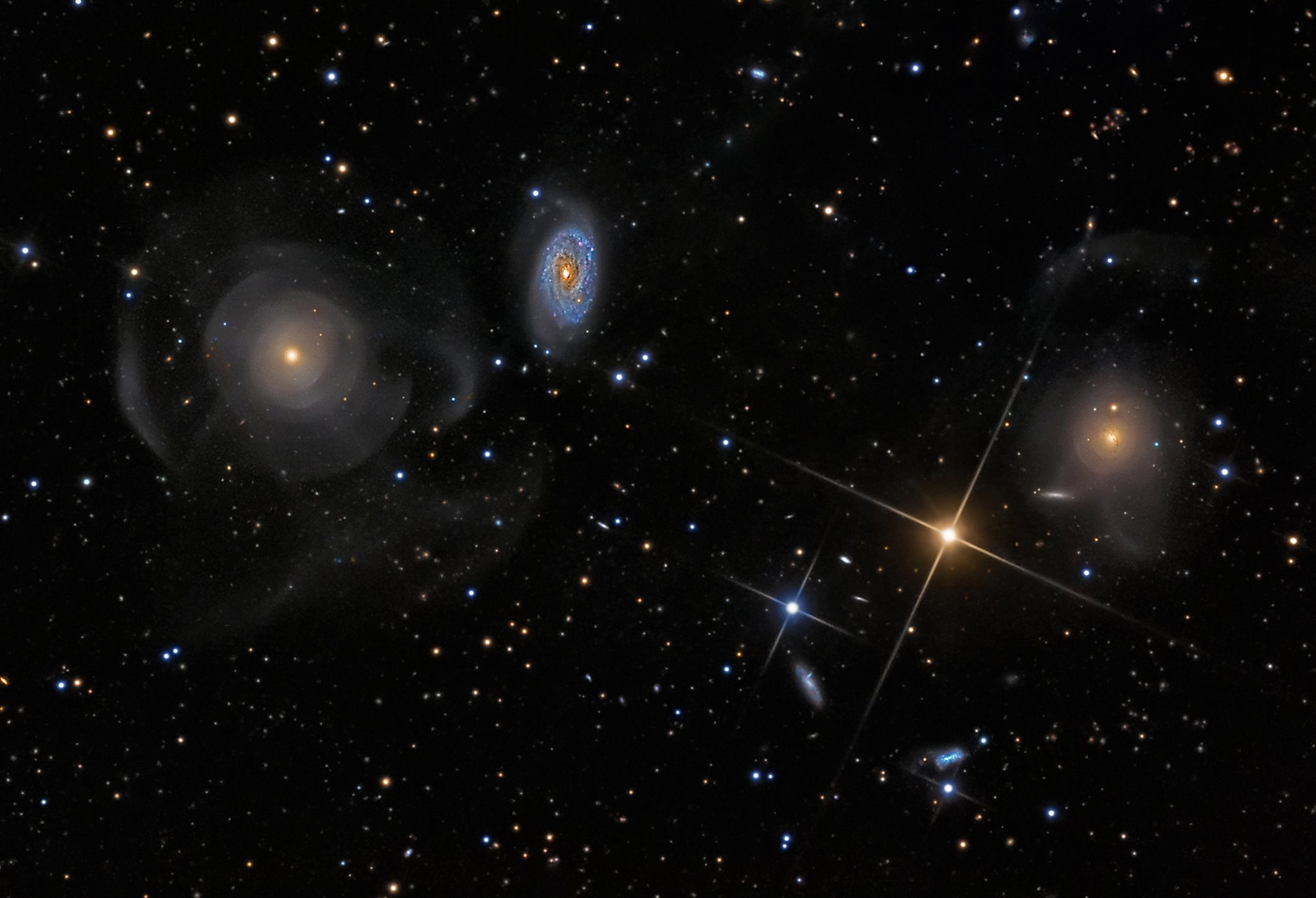
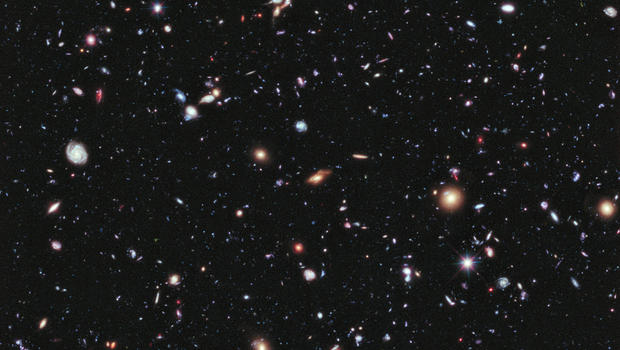
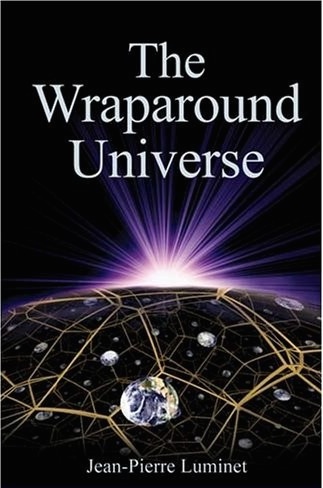 This post is an adaptation of a chapter of my book “
This post is an adaptation of a chapter of my book “
